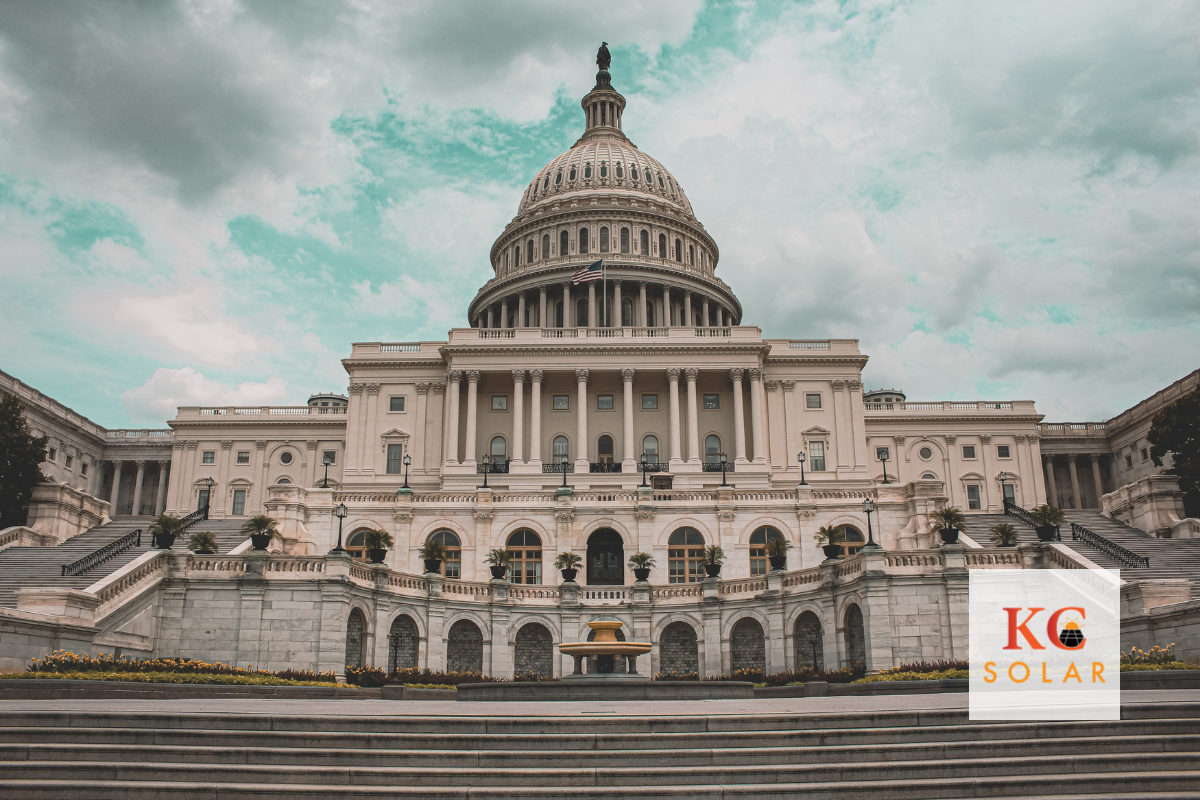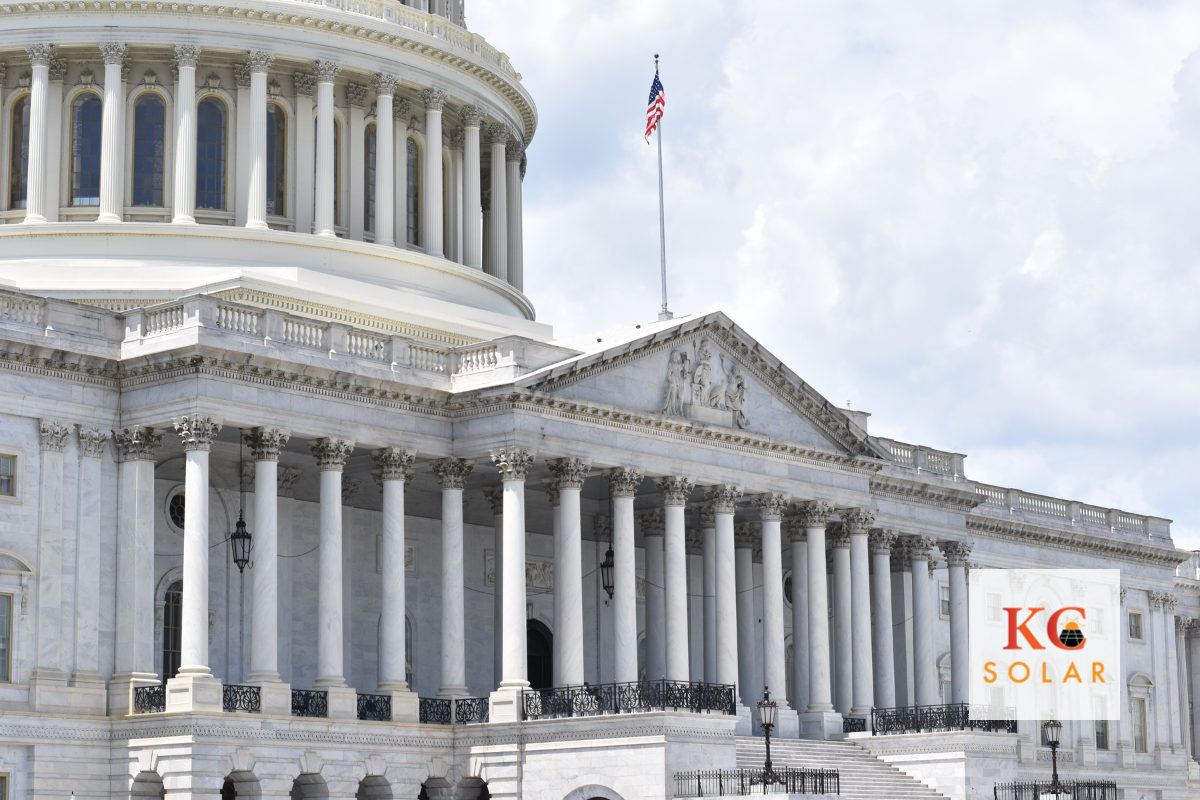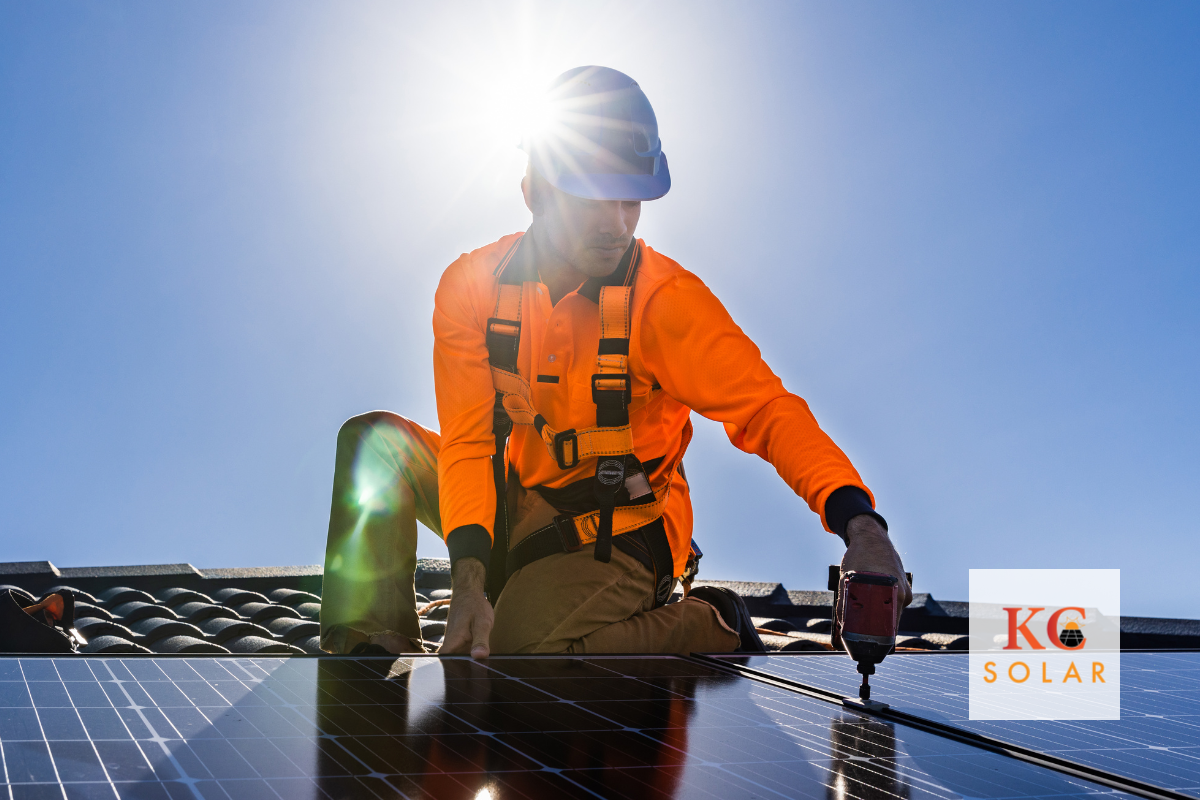When it comes to going solar, there are a lot of different variables that you need to be aware of. Things such as how much energy you use, what direction your roof faces, or if you have enough land to have ground mounted solar panels, what trees or other obstructions might block sunlight from your panels. The list goes on and on.
Once you’ve made the switch to solar, the same can be said for monitoring your solar panels. That’s where solar panel monitoring systems come in handy. Keeping an eye on certain indicators and metrics can help you maximize your systems performance. It can also identify problems with your system that you might otherwise miss. And of course, help you save money throughout the process.
What Do Solar Monitoring Systems Track?
While the manufacturers of solar panels often have an associated app, a lot of times these apps will only tell you the most basic information such as current and historical production monitoring. Or in other words, how much energy you are currently getting from your solar panels. Some manufacturer monitors can track down to each module to determine how much power is being delivered from each one. Each module has an inverter that is able to send information to the app.
Since they have the historical data as well, you are able to compare their production to the local weather conditions. Individual module monitoring also acts as an indicator to see if one of the modules is not working properly.
There are also solar monitoring systems that can come from the installer, as well as standalone home energy monitoring systems. Oftentimes third party monitoring solutions come with more functionality and information. This allows you to more deeply analyze the overall performance and health of your solar system. Some even alert you to potential problems with your system that you might otherwise miss. That could cause you to have an unexpectedly high electric bill one month.
When Third-Party Solar Monitoring Needed?
Depending on the size of the solar project, there may be more than one manufacturer’s inverter being used. This means using a native monitoring system won’t work to track all of your panels or modules. The third party monitoring solutions are brand agnostic. Meaning they can track for all of your panels, regardless of who the inverters are made by.
These apps not only track energy production, similar to the manufacturer apps, but also energy consumption, energy imports from and exports to the rest of the grid, panel temperatures, and other more advanced monitoring features. Studies have shown that using one of these third party monitoring systems can help solar owners increase their production by 14%, largely due to the fact that they are able to detect faults or issues sooner, and get the problems rectified much quicker. If building at a commercial scale, being able to resolve these issues quickly could be result in a fairly massive financial impact.
Some monitoring solutions also track the ambient temperatures outside, as well as the current weather conditions. It uses that info to set benchmarks for expected energy production based on previous occurrences with similar metrics. This allows solar panel owners to be able to quickly determine if there is a deviation from what they are expecting to see. They can then quickly identify that there is a problem, and potentially what is causing the problem.
Standalone Home Energy Monitoring Systems
In addition to systems that are built to monitor your solar panels, there are also systems built to monitor any and all of your electrical consumption and production at a much more granular level. They can do this even for homes or businesses without any solar panels. But solar energy production can be added into the monitoring system as well. They do this by oftentimes connecting directly to electric panel, and for example in the case of Sense energy monitor, use AI learning to recognize certain electrical signals that your devices use to determine both when and how much power they are drawing.
A lot of these monitoring systems, both solar panel specific and standalone systems, in order to present the information to you oftentimes utilize an app that can be easily accessed via a phone or tablet. There are a number of solar panel monitoring apps available, but if you need to monitor from a computer, the information is also available on the web. However, depending on which app you utilize, the information coming from solar panels only might only get refreshed once every fifteen minutes. This is in contrast to many of the standalone home energy monitoring systems that present real-time monitoring. For this reason alone, some homeowners with solar prefer the standalone systems because they like the real-time data being fed to them.
Start Your Switch To Solar Today
If you are looking for the best solar company in Kansas City, look no further than KC Solar. They are your local Kansas City solar panel installation experts. Once you schedule a no-pressure site visit, our experts will help you understand what solar system specifications would be best for your home or business.
KC Solar is the only local solar company in Kansas City with KC natives who own and operate the daily activities of the business. What does that mean for you? We care about you because we care about this city, and we only want the best for it.
And be sure to download our Free Solar Panel Buying Guide for more information.
We look forward to serving you!






